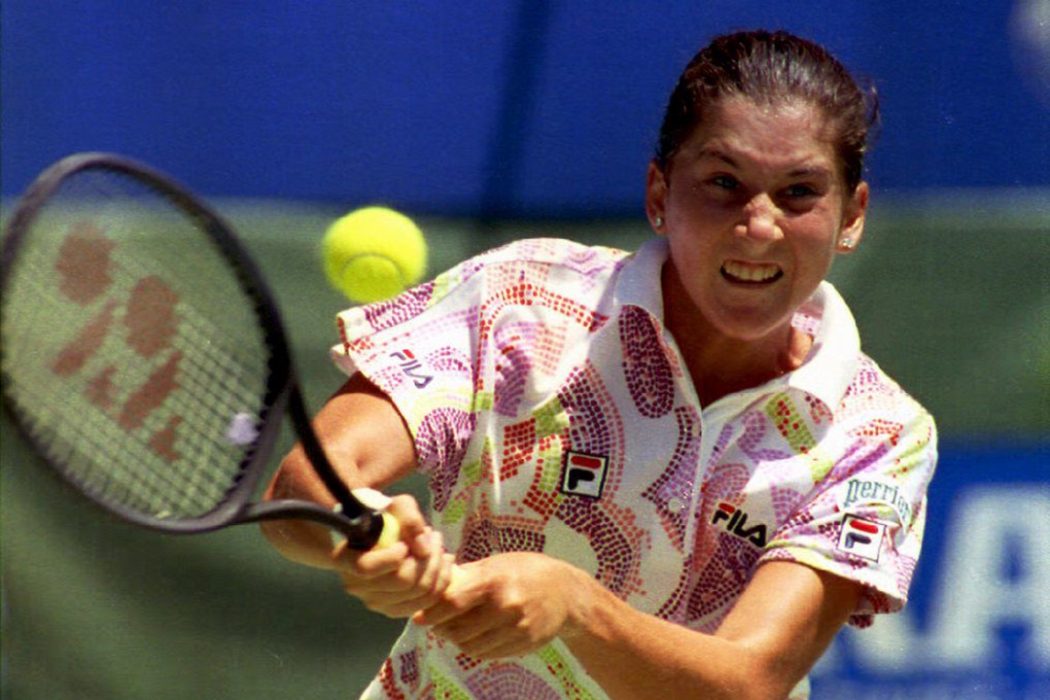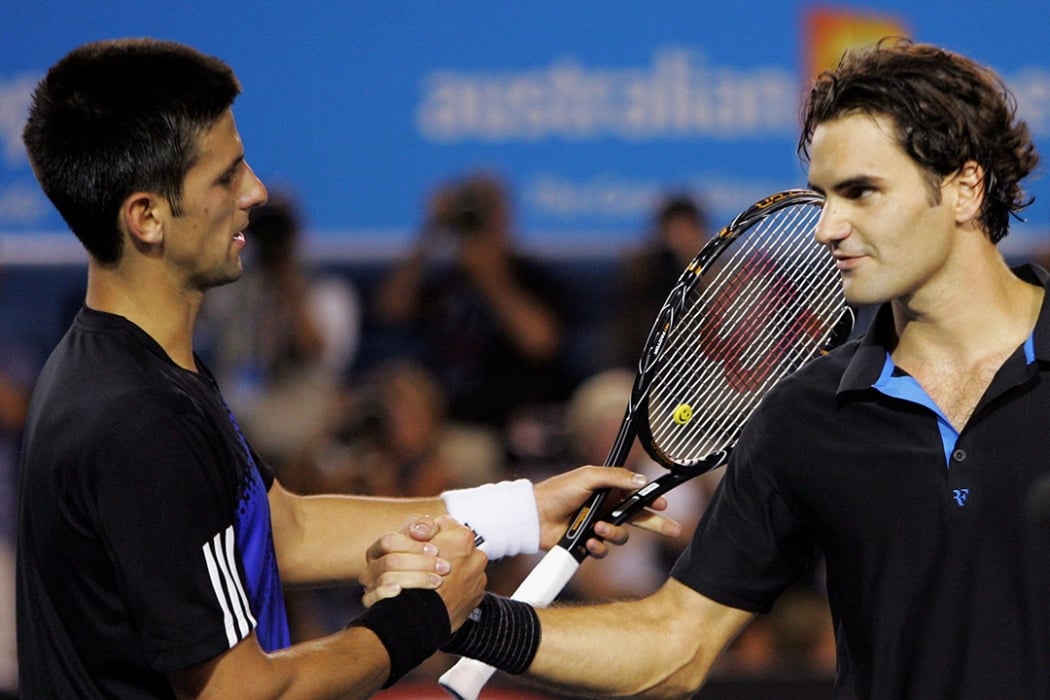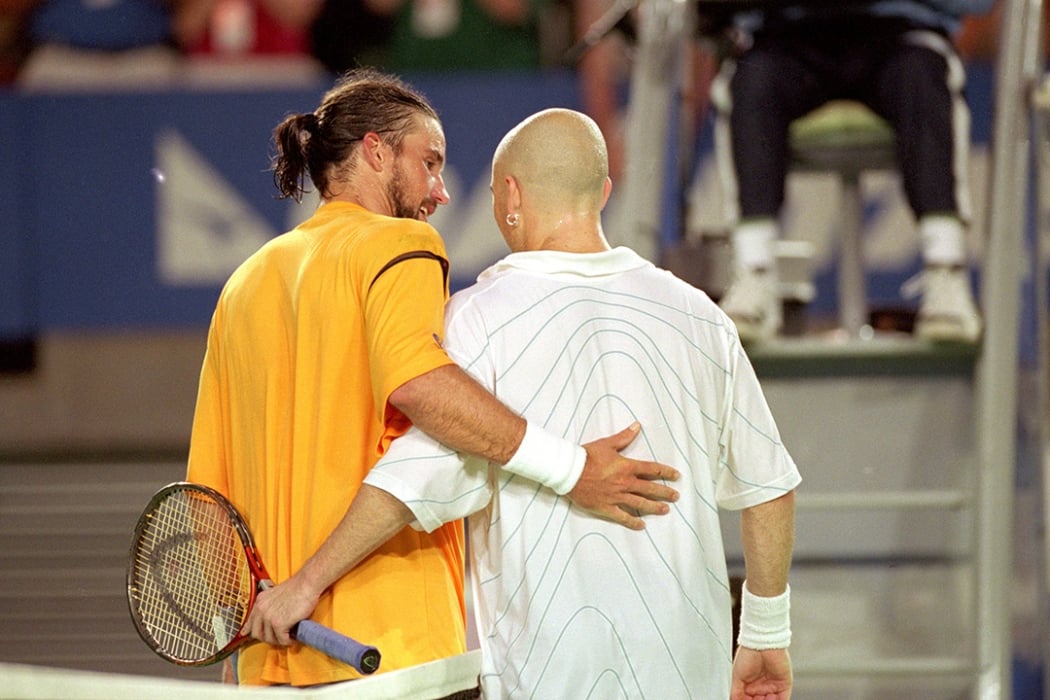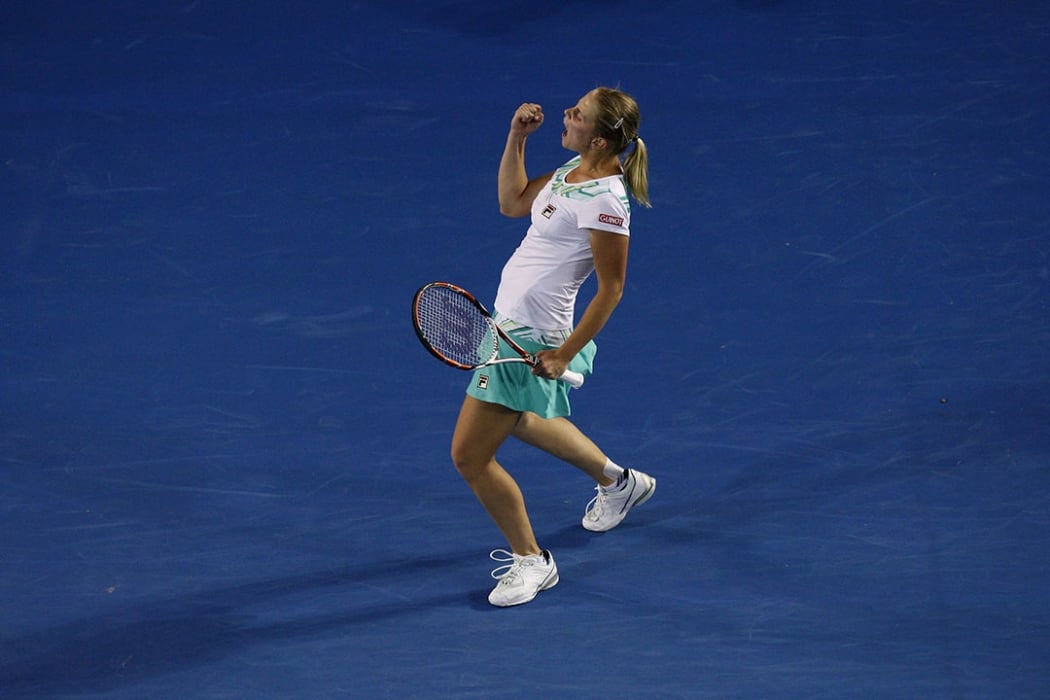In the early 1980s, Martina Navratilova was practically unstoppable.
She won 86 of 87 matches in 1983, a season in which she won 16 singles titles. And, after a loss to Hana Mandlikova in the Oakland final of January 1984, she went undefeated for almost a year.
Navratilova arrived at Australian Open 1984 – then the season’s final Grand Slam event, beginning in late November – on a 70-match winning streak. She extended that to an Open Era-record 74 matches unbeaten by progressing to the semifinals at Kooyong.
Her semifinal opponent was teenaged Czech Helena Sukova, in what is the latest full match to be published on the Australian Open YouTube channel. Many more archive matches are set for release each week.
Navratilova had dominated Sukova, winning all three of their matches in straight sets. Just three months earlier, she had dropped only six games in winning their US Open quarterfinal.
Former Australian Tennis Magazine editor Suzi Petkovski remembers Navratilova being at the peak of her powers, and verging on tennis immortality.
"The Grand Slam was a huge story, because Martina had romped through six straight,” Petkovski told ausopen.com.
MARTINA NAVRATILOVA’S SIX STRAIGHT MAJOR TITLES
"Her fourth straight major was in Paris in 1984. When she did that, she was given a $1 million bonus from the ITF for achieving the Grand Slam, because the ITF had re-defined the concept of a Grand Slam, to mean a sweep of four majors in any order.
“The reason was they'd given up hope of a player ever achieving the traditional calendar-year Slam. (But) the traditionalists were apoplectic, because they said, ‘no, that is not the Grand Slam that Rod Laver, Don Budge, Maureen Connolly and Margaret Court won’.
READ MORE: The numbers that show Alcaraz, Swiatek as US Open favourites
"Even Martina, in her heart of hearts, knew that she would have to win the traditional calendar-year Grand Slam to be bracketed with those names. Otherwise, she would be a Grand-Slammer with an asterisk.
"(At Australian Open 1984) she was feeling pressure, but she was on an absolute mission. She was in her physical pomp, she'd just turned 28. She was all but unbeatable, and she knew this was her chance to do it.
“She could not have been more motivated.”
The background
And so, on 7 December, two match wins away from achieving the greatest feat in tennis, Navratilova began her semifinal against Sukova, and won the opening set 6-1.
At first glance, everything seemed to be following the expected script. But there was so much more going on.
Sukova, almost a decade younger than Navratilova, was nevertheless closely connected to the game’s dominant champion. Her mother, Czech champion Vera Sukova, was Navratilova’s junior coach and mentor.
Vera was travelling with Navratilova when the rising star defected from the Czech Republic to the United States during the 1975 US Open, in the days of the Iron Curtain.
"It was a front page story around the world; a geo-political story as much as a sports story,” Petkovski recalled.
"Martina expressed regret in her memoir that she'd put Vera Sukova in that political firestorm. The Czech authorities were satisfied that Vera had nothing to do with helping Martina escape, but it put her in a political pickle. So Helena would have been all-too-aware of that.
"Helena was also Martina's one-time ball girl. And she had spent a lot of her childhood hearing about Martina, through her mother.
“I think she had motivation to do it, and also wasn't maybe as awed as people were expecting.”
The match
While Navratilova had won the Sydney title leading into Australian Open 1984, Sukova had won the Brisbane crown.
Petkovski said Sukova had built up some impressive form en route to her first Grand Slam semifinal, and while she lost the first set 6-1, the scoreline flattered Navratilova.
"The first set was highly deceptive; nearly every game went to deuce. Martina needed seven deuces to win the opening game on her serve,” Petkovski said.
"Sukova was boldly going for shots, for the lines, ripping the ball. She had more unforced errors than winners in that first set, but her style had the effect, I think, of robbing Martina of rhythm. Also, Sukova realised she wasn't playing that badly; it was a matter of execution, rather than the game plan.”
NAVRATILOVA’S FIRST FOUR MATCHES vs SUKOVA
Those shots began landing in the second set, during which she hit 18 winners to Navratilova’s six.
She took that momentum into the third set, forging ahead 3-0 as the crowd began to buzz with excitement at the prospect of an enormous upset.
Yet her lead evaporated; Navratilova stormed back and held serve to build a 5-4 lead.
"At that stage we all thought: disaster averted,” Petkovski said. “Surely Sukova couldn’t squander a double break against the world No.1 on her pet surface, of grass, and expect to survive?"
Then came another twist, as Sukova held to love for 5-5, broke Navratilova for 6-5, and then earned a 40-0 lead and three match points.
Navratilova’s champion qualities emerged as she fought off those match points, plus two more, with exceptional play. But a sixth proved beyond her.
“When Martina is beaten, that is news!” declared the broadcast commentator as Sukova received a standing ovation for her performance.
The aftermath
Had she won the match, and one more to lift the trophy, Navratilova would have become the first player in history to win seven consecutive Grand Slam singles titles. But she remained equal with Court, by winning six straight.
"You have to say that this match probably changed the course of tennis history,” Petkovski noted.
“This was really her last shot at (coming this close to) the Grand Slam. For me, the obvious parallel is Roberta Vinci's upset of Serena Williams in the US Open semifinals of 2015, when Serena was also lining up the Grand Slam. She too also had a four-Slam sweep in her career, but she'd never won four in a calendar year.
"It's hard to watch this match now without seeing the overshadowing effect of the consequences.”
Sukova went on to lose to Chris Evert in the final, but her semifinal triumph reverberated, piercing Navratilova’s aura of invincibility.
Six months later Navratilova surrendered the world No.1 ranking to Evert after losing their Roland Garros final.
Following the Sukova loss, Navratilova, incredibly, reached 11 consecutive Grand Slam finals from 1985 to 1987. But she won only six of them.
Prior to Australian Open 1984, she had won nine of her past 10.
She would later lose five of her last six major finals, as Steffi Graf emerged to become the WTA’s dominant force in the late 1980s. Ironically, Graf completed the calendar Grand Slam in 1988, just a few years after Navratilova missed her chance.
The following year, Navratilova played her last Australian Open in singles. Her final match was a quarterfinal defeat, 9-7 in the third set, to Sukova.
Sukova would go on to reach that Australian Open 1989 final, losing to Graf. She ended her career with a 0-4 record in major singles finals.



